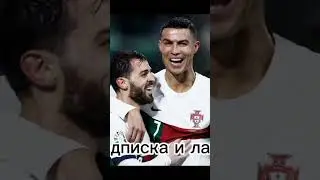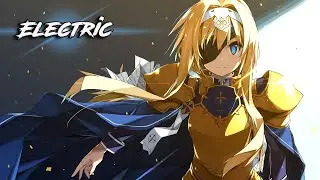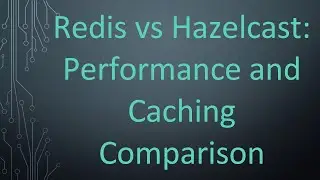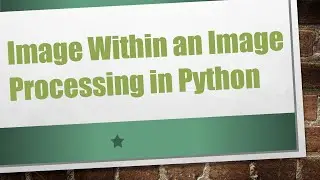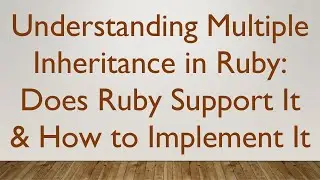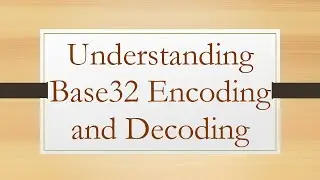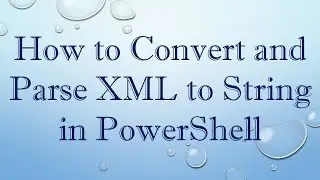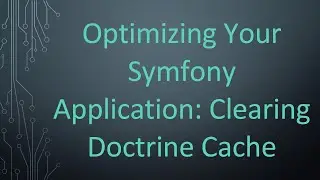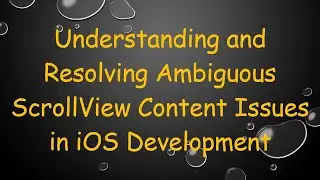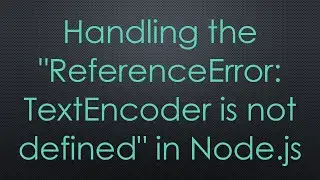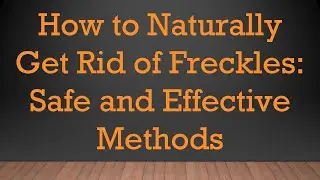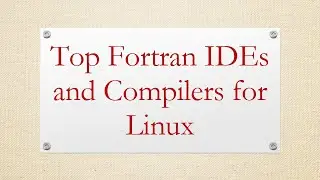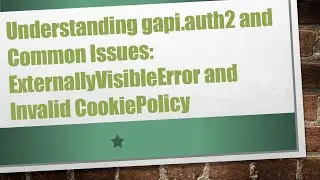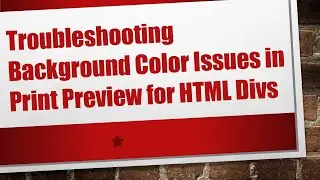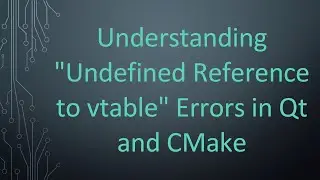How to Generalize TextStyle in Flutter with a Custom Class
Discover how to create a custom class in Flutter to efficiently manage and customize TextStyle across your application. Learn best practices for maintaining clean and reusable code.
---
This video is based on the question https://stackoverflow.com/q/73370181/ asked by the user 'SugiuraY' ( https://stackoverflow.com/u/6843543/ ) and on the answer https://stackoverflow.com/a/73370256/ provided by the user 'SLendeR' ( https://stackoverflow.com/u/12206317/ ) at 'Stack Overflow' website. Thanks to these great users and Stackexchange community for their contributions.
Visit these links for original content and any more details, such as alternate solutions, latest updates/developments on topic, comments, revision history etc. For example, the original title of the Question was: Generalize the text style as Class?
Also, Content (except music) licensed under CC BY-SA https://meta.stackexchange.com/help/l...
The original Question post is licensed under the 'CC BY-SA 4.0' ( https://creativecommons.org/licenses/... ) license, and the original Answer post is licensed under the 'CC BY-SA 4.0' ( https://creativecommons.org/licenses/... ) license.
If anything seems off to you, please feel free to write me at vlogize [AT] gmail [DOT] com.
---
How to Generalize TextStyle in Flutter with a Custom Class
Managing styles in a Flutter application can become a tedious task, especially as your app grows in complexity. One effective approach to streamline this process is by encapsulating your text styling logic within a custom class. In this guide, we'll explore how to do just that by creating a class, MyText, that generalizes your TextStyle. We will also address some common queries and best practices for coding in Dart and Flutter.
The Problem: A Need for Reusable Text Styles
As you develop your Flutter app, you'll inevitably need to apply consistent text styles across multiple widgets. However, hardcoding styles within each widget can lead to excessive repetition and maintenance overhead if you ever need to make changes.
Your question raises the possibility of creating a custom class which can take parameters for minor variations in styling while leveraging a default style. Let's break down how to implement this.
Solution: Building the MyText Class
Here’s a simple implementation of the MyText class within style.dart. This class allows you to create a standard text style that can easily be customized:
[[See Video to Reveal this Text or Code Snippet]]
Key Features
Customizable Parameters: You can pass different color, weight, family, and size settings when you create an instance of MyText.
Default Values: The constructor sets default values if no parameters are provided, ensuring consistency.
Using Your MyText Class
You can easily utilize the MyText class in any of your widget's build methods like so:
[[See Video to Reveal this Text or Code Snippet]]
This will render the text with the specified customizations while still adhering to your predefined style defaults.
Best Practices and Suggestions
1. Creating a Constants File
A good practice for better style management is creating a constants.dart file. Here, you can define a TextStyle that can be reused throughout your application. This allows for quicker edits and consistent styling:
[[See Video to Reveal this Text or Code Snippet]]
2. Applying Constants in Widgets
Utilize your defined styles within your main widget files:
[[See Video to Reveal this Text or Code Snippet]]
Is This Approach Valid?
You may wonder if creating such a class is reasonable, especially for someone new to object-oriented programming. The answer is a definitive yes! This class structure enhances code readability and promotes reusability, allowing you to adapt styles without excess redundancy.
Initialization Concerns
Your approach to initializing the class as shown in myText(){//here} is appropriate, as the constructor sets up the default values effectively, even if it operates without errors prior.
Conclusion
With your new MyText class, formatting text styles in Flutter should be a breeze! Not only does it enhance the maintainability of your code, but it also empowers you with the flexibility to create text styles tailored to your application's unique needs.
By following standard practices like utilizing a constants file for styles, you position yourself well to manage text styling efficiently as your app evolves in complexity.
For a further deep dive into Flutter practices, stay tuned for our next post!
